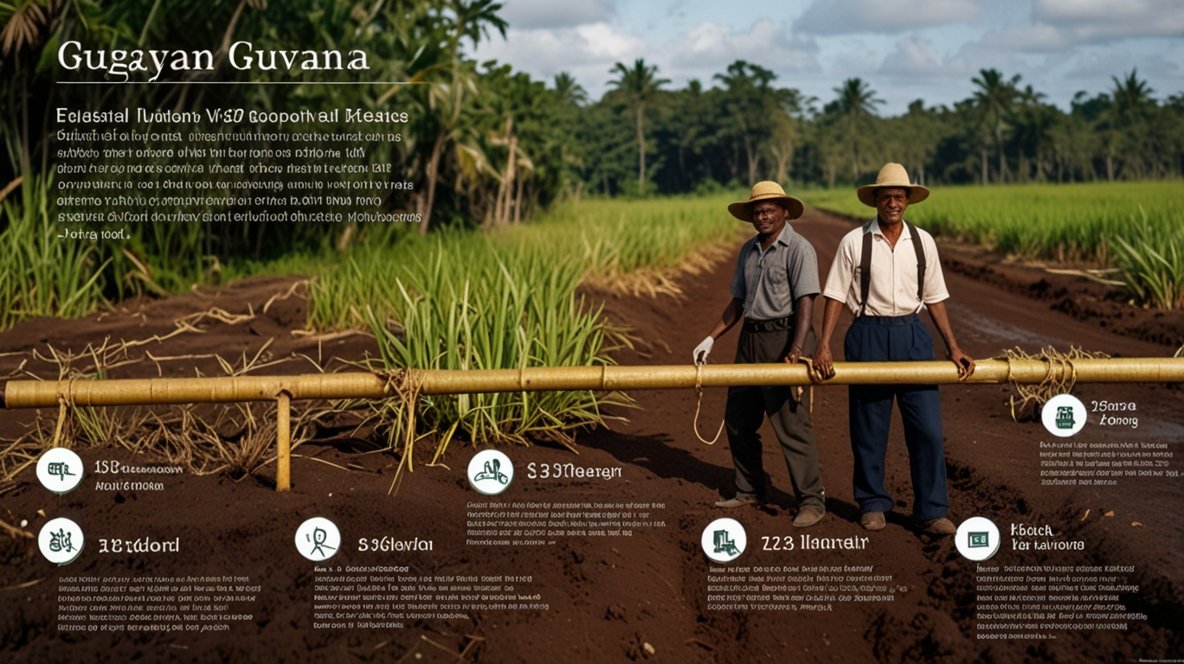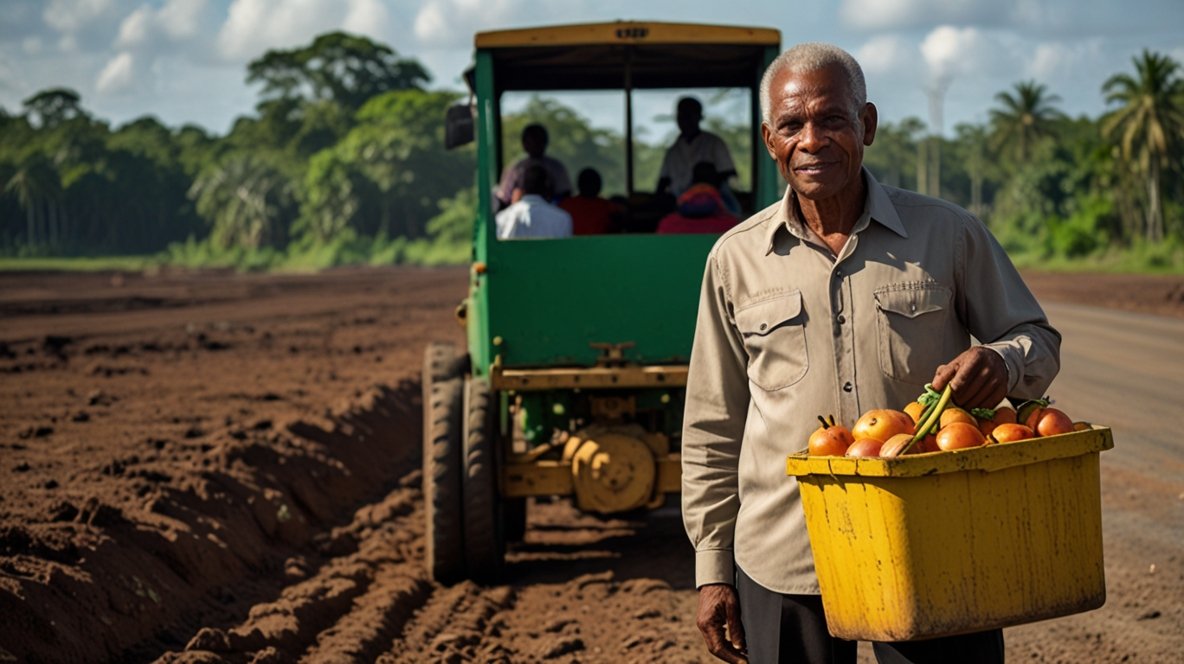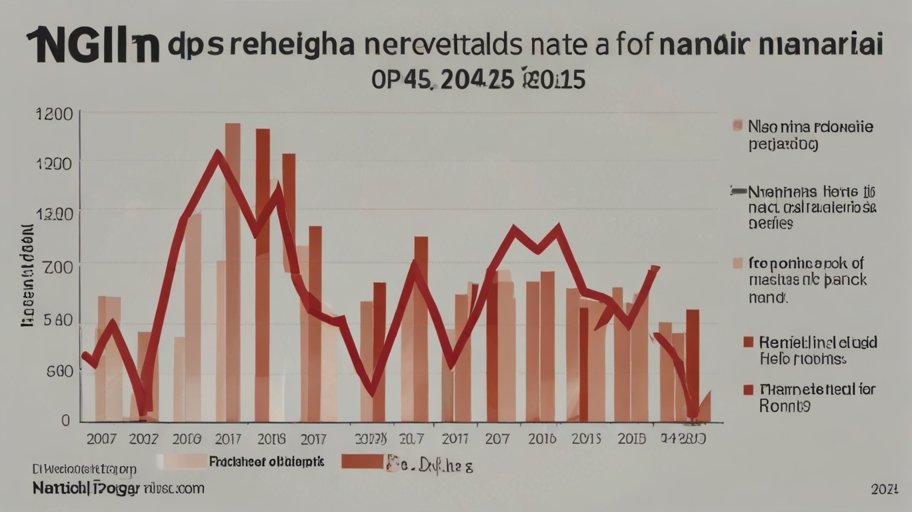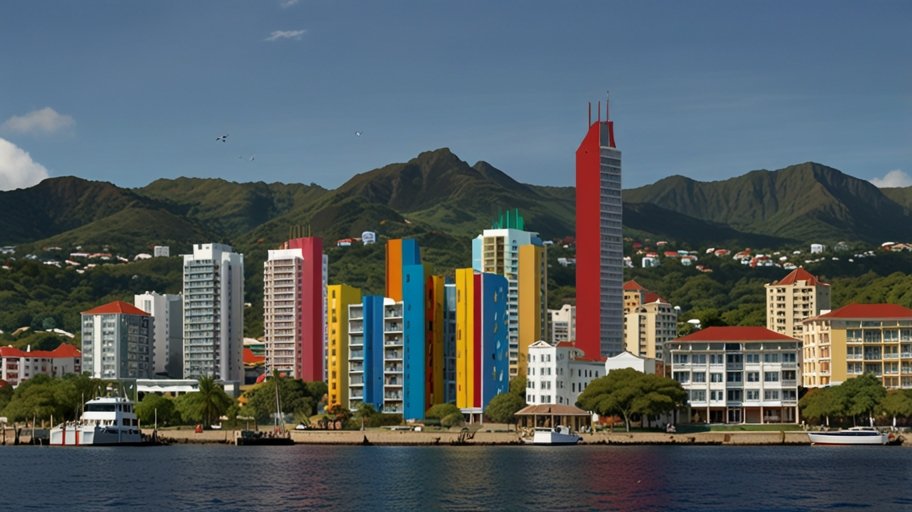Standard Economy of Guyana: A Beginning to end Analysis

1. Show
Guyana, organized on the northern central area of South America, has a rich history of social combination and financial practices.
Its standard economy has been molded by neighborhood social orders, voyager impacts, and present day changes.
Generally, the economy of Guyana was turned around resource creating, deal frameworks, and bound exchange. Regardless, with time, outer powers, including expansionism and globalization, have from an overall perspective influenced the arrangement of Guyana’s economy.
This assessment investigates the properties, parts, and effects of Guyana’s standard economy, giving snippets of data into its progress and contemporary importance.
2. Format of the Standard Economy in Guyana

A standard economy is a cash related structure that depends upon customs, history, and regarded convictions.
It is commonly portrayed by infers agribusiness, limited scope creation, and game plan based exchange.
Guyana’s standard economy, particularly in its pre-pioneer and wild periods, reflected a colossal number of these attributes.
Neighborhood social class, like the Amerindians, anticipated an essential part in trim the early monetary scene.
2.1 Means Agribusiness
Suggests developing was a foundation of Guyana’s standard economy.
Neighborhood social class rehearsed cut and-consume agribusiness, where forests were cleared, and crops like cassava, maize, and sweet potatoes were planted.
The thought was on making satisfactory food to help the family or neighborhood, near no excess for exchange.
Creating strategy were gone down through ages, guaranteeing the safeguarding of standard information.
2.1.1 Procure Grouping and Food Security
In Guyana’s standard economy, crop variety was basic for food security.
Various harvests were planted to guarantee that associations had a ceaseless food supply, notwithstanding, during times of dry season or yield bafflement.
Cassava, a staple in the eating routine of different nearby associations, was areas of strength for a source as well as socially colossal.
The development of cassava bread, for instance, involved area, mirroring the all out considered normal plant practices.
2.1.2 Moving Progression Practices
Moving new development, or cut and-consume development, was a reasonable practice regarding Guyana’s low individuals thickness.
Following cultivating a land bundle for a few years, associations would permit it to recover by moving to another area.
This framework remained mindful of soil efficiency and dependable that the land could recuperate throughout a lengthy time, consequently supporting significant length agrarian adequacy.




